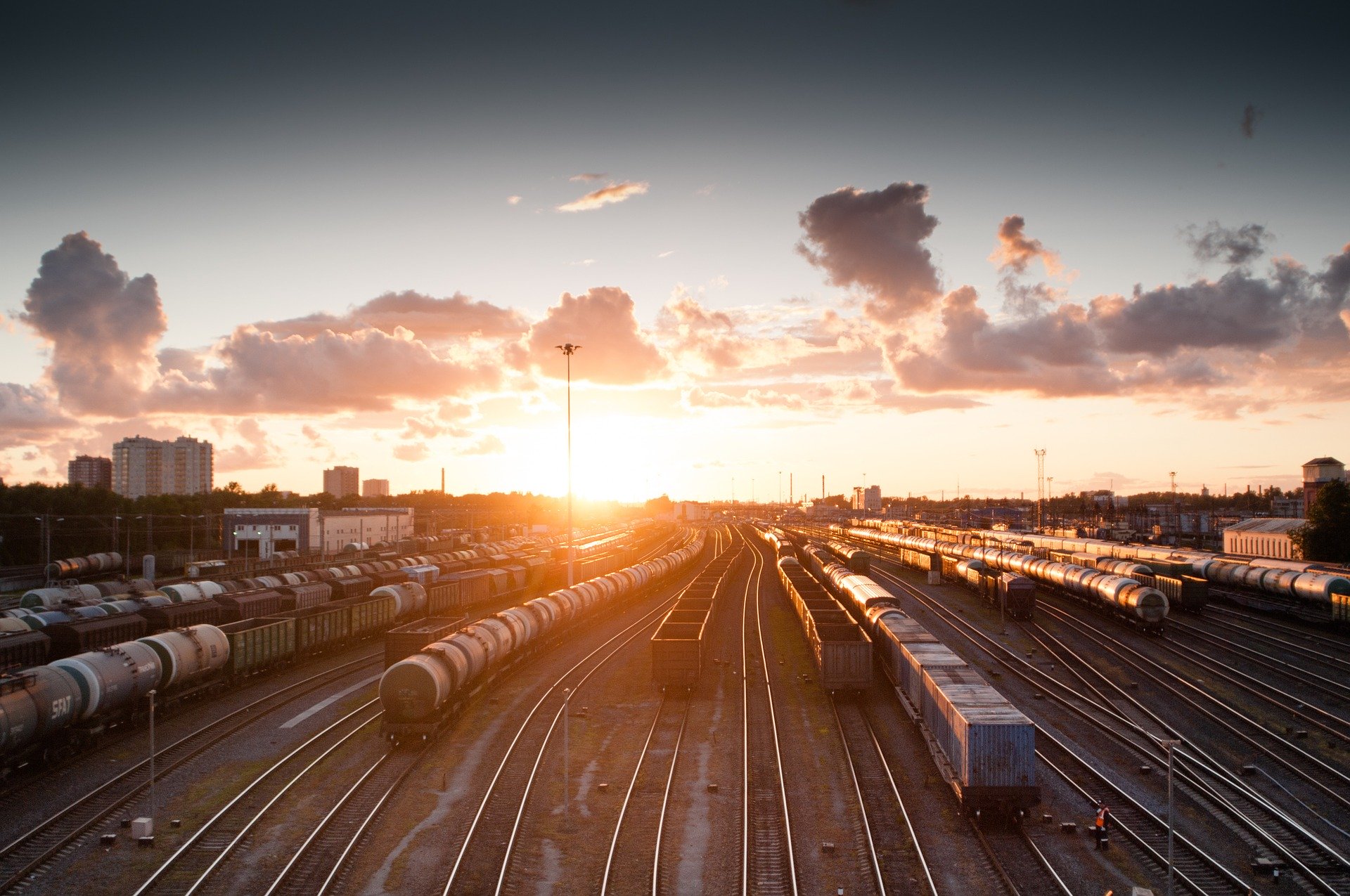A usual look on the roads would reveal to us that even after 20 years in the 21st century, we haven’t yet attained the dreams of some of the futuristic souls who claimed in 20th century that flying cars will soon be a reality. You also realize that transportation, as an industry, may not anytime soon defy gravity and soar in the air, or may not even take you at breathtaking speeds to your destinations so soon. However, that does not mean that transportation industry is not making its strides. With Artificial Intelligence getting infused in all realms of the world, the transportation industry is not far behind in donning a new avatar soon.
Self-driving cars – your ultimate caretakers
This is the very first thing that strikes people’s minds when it comes to AI in transportation. The future won’t need you to hold the steering wheel behind the wheels. You will simply bring your breakfast inside the car, tell your destination to the car verbally and vroom! Your self-driving car will navigate you to your destination while you munch on the crisply toasted bread and skim your fingers over the laptop focusing on your office work. Your self-driving car will take a call on which route to follow, what speed to maintain and what precautions to take to avoid any untoward incident. Your car will also scan your mood through the multiple cameras which will have an entire set of algorithms to sense your sentiments. Guess what? Your car will play a music to cheer you up, to amplify your joyful mood or simply turn on a meditation track in case you show signs of slumber. The self-driving car will be your best caretaker as you zoom on the roads towards your destination. And since the entire process is autonomous, it won’t be surprising to see your car move to a gas station all by itself and get itself refueled while you are totally occupied with your meetings.
Don’t get surprised if your future car ever says to you, “Hey, seems like one of my wheels needs a realignment. I just checked with the service center and there is a slot available at 3 pm. Would you mind if I just visit it for a bit of pedicure of my wheels?”
You will just need to say a hearty “Yes” or a feeble “No” to confirm your decision. Isn’t that amazing? Also, you may no longer be required to step out of your home to receive your relatives at the airport. Simply instruct your self-driving car and it will reach the airport, opening its doors to welcome the relatives, which it will authenticate through face recognition. We just need to wait for Level 5 self-driving cars to come into reality.
Traffic management network – the conversation on roads
Soon, in the future, we will have our self-driving cars talking to traffic lights over long distances. Traffic lights will gather information about traffic at different junctions through smart imaging combined with predictive analytics. Huge real-time data processing capabilities will make predictions about rise or fall in traffic, chances of traffic congestions and risks of accidents based on mathematical models running on historical data. Your car will get to know from a far-off distance about a situation at a junction much before the time of a possible congestion, even before Google Maps shows it up. This will help the car to decide its own route that will take you to the destination through the fastest possible route.
Moreover, logistics companies will also benefit out of it as traffic congestions and untoward incidents lead to disruptions in the supply chain. Suppose a carrier bringing fruits from farm to market gets blocked in a traffic jam. Obviously, there will be higher expenditure of energy in refrigeration to keep the fruits fresh. In this situation, if the truck is able to find an alternate route, it will save not only on fuel and time, but also on energy consumption. Alongside, embedded-IoT devices will keep monitoring the health of the fruits and other products and will identify the best method to keep the freshness alive using minimum consumption of energy.
Drones for transportation – closer to aerial mobility
If there is something closest to aerial transportation, then it is the drones that have already begun showing promise for transportation of goods and autonomous doorstep delivery of materials. Imagine an entire fleet of drones whizzing over your head, driven by the most sophisticated swarm robotics and intelligence. You will no longer find delivery boys plying on the roads for consignments of food, apparels, medicines and other essentials. These autonomous aerial vehicles will follow GPS routing based on Google Maps, coordinate with each other to maintain a collision-free collaborative transportation mechanism and will identify the recipients of the goods through facial recognition before delivering them at the doorstep.
Huge amount of analytics, swarm engineering and artificial intelligence will go into this use case as the backend system handling all the drones will have to learn over the course of time where all it faltered and how it can improve its decision making and route planning.
Conclusion
AI holds a huge promise for us in the area of transportation. We will not only have the machine learning systems helping with our mobility, but also finding new effective and efficient ways of transportation that our current mathematical models have not been able to discover. The future will have AI ushering in a new era of transformation – an era where mobility will be autonomous, adroit and astounding!










